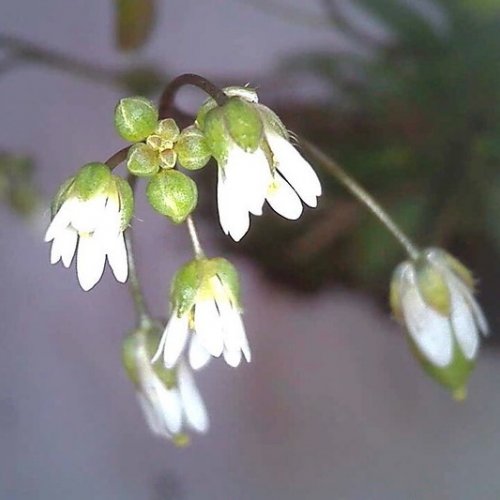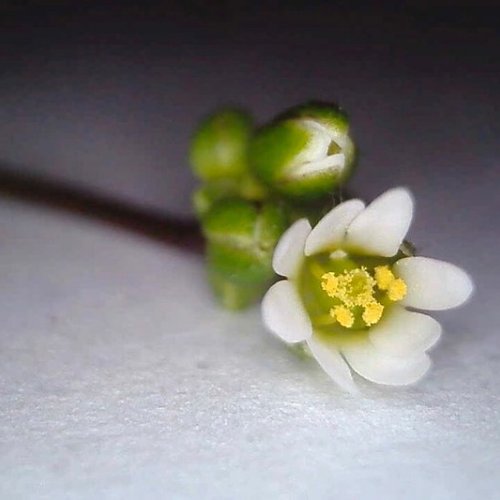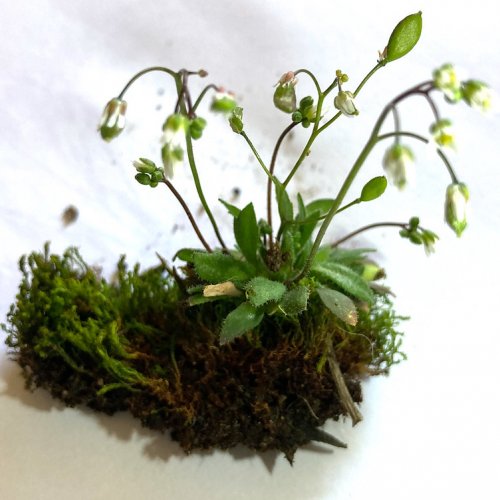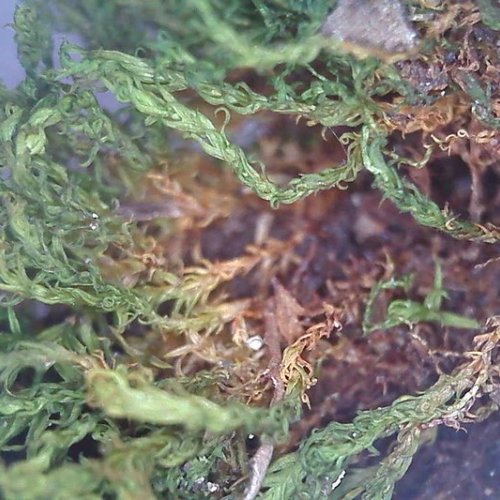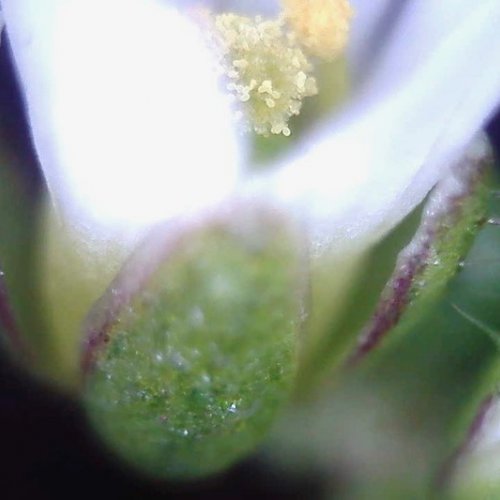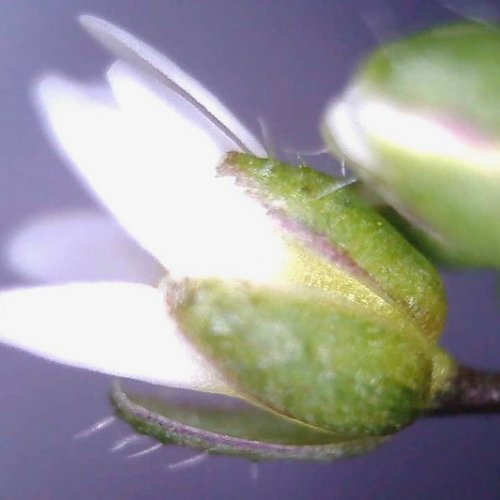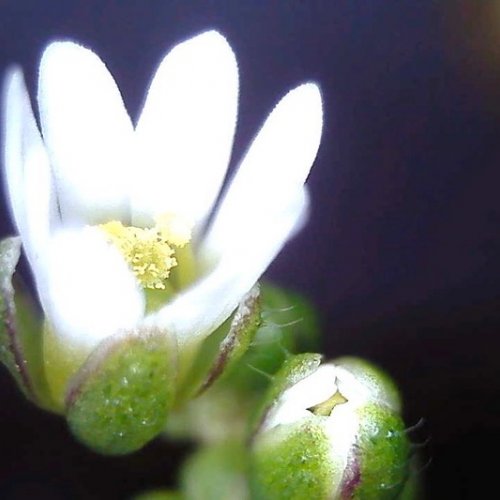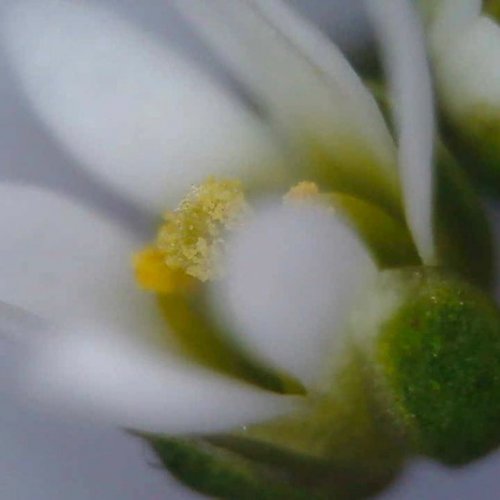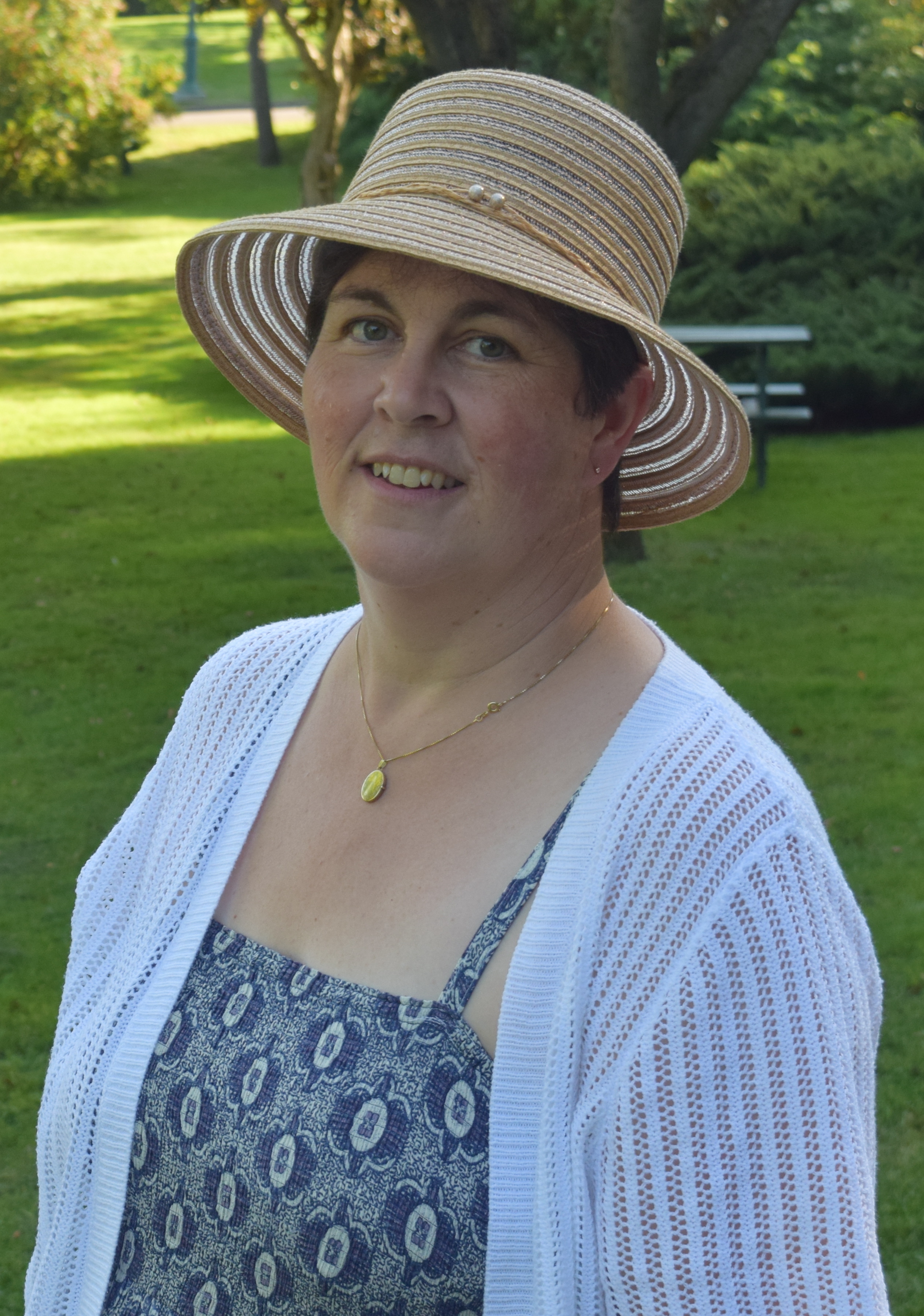Yesterday I received my vaccine, after an interminable period of WhatsApp pings as older friends organised, then celebrated, their escape from Covid. Caught in the long trek to a non-Covid diagnosis, I was not yet classed as vulnerable, set aside on a shelf to wait with all my healthy peers. I was terrified of the potential consequences of both vaccine side-effects and Covid, but when the call came I took the two-and-a-half-hour round trip to stand for half an hour in a queue and take the plunger.
I am, thankfully, side-effect free today, but flaked out by yesterday’s level of exertion. Anticipating my tendency towards self-sabotage I am resolutely wearing my pyjamas to block any mad urges to visit the garden. Today is a day to rest and recover, to focus in, to shut out the big picture of a mad, aggressive world of punch-ups over who is right and wrong, who is in the wrong place, or the wrong tribe. I will not even spend it in self-reflection and recovery exercises: emotional work takes more energy than I have right now.
Today, I will zoom my focus in, away from my family, myself, the rising March tide of growth and mess in the garden. Today I will peer through the lens of my precious microscope and lose myself in the utter beauty of tiny things. I will spend today lost in learning about a familiar and seemingly insignificant weed that I found and photographed recently, surviving against the odds on a patch of tatty tarmac.
Last week I managed a short walk beyond the garden and found a drift of tiny white flowers, nestling in the damp moss of a shady path. My first thought was that the moss had flowered, but moss doesn’t flower. These miniscule plants, each spray of blooms rising on rich red stems from an inch-wide rosette of leaves, had found their niche, living their short lives in the temporary shelter of those mossy mounds. In a few weeks the sun will heat the tarmac; moss and flowers alike will shrivel and blow away, leaving seeds and spores in cracks and crevices to renew this mini-landscape next spring.
I picked a plant and brought it in, complete with mossy bed, where it sat perkily on a sheet of damp kitchen roll until I had rested sufficiently to bring out my USB microscope and laptop. As I shrank down, Alice like, to explore the mini-wonderland of moss and flower, this insignificant scrap of life reached up to meet me in all its beauty. I twisted and turned flower and lens, I clicked and recorded and marvelled at the beauty revealed. Today, with hours to fill, sofa-bound but with a need to be re-energised by the wonder of nature, I will revisit those images and find out who my plucky floral neighbour is.
…
A couple of hours pass in a flash as I flick back and forth between images and books, learning to follow the intricacies of botanical keys, dredging up terms and concepts from the dusty mental file labelled ‘A level Biology.’ It isn’t here. It must be. Internet searches produce endless pages of small white flowers, none like mine. Again and again its algorithm brings me back to the pages least likely to fit my online profile – weed identification guides produced by lawncare companies, inexplicably bent on identifying that which they aim to destroy in pursuit of profit and the ‘perfect’ lawn. Aaargh!
I give up on carefully crafted search phrases and type in everything and anything that describes my new friend, except the obvious ‘wildflower’ or ‘weed.’ Nothing, nada, niet. Finally, in desperation, I remember that I have downloaded the Plantsnap app to my phone. A few clicks and one upload later and there she is on my phone screen, complete with name. Hello Erophila verna! Now I know who you are I have a wealth of names for you: common whitlow grass, early whitlow grass, vernal whitlow grass, nailwort, shadflower, spring draba.
I was blindsided by the fact that Erophila’s four, perfect, white, bisected petals are not cruciform, but gently folded inwards by their sepals like miniature bells. I was thrown by the lack of a tell-tale scent of cabbage, and missed the fact that this beauty, this grass that is not a grass, is in fact an unlikely member of the cabbage family, Brassicaceae. She is a cousin of the kale now budding in my veg bed, of the rocket and watercress of my lunchtime salads.
Her ‘common names’ open new avenues of exploration, suggesting that many people before me have known and valued this seemingly insignificant plant for her medicinal properties. They have searched for nailwort, crushed these tiny fresh rosettes into a poultice for infections of the nail – whitlows – and dried them for winter tisanes to use on scratches and infections. My neighbours may see only an irritating covering of green across what should be pristine tarmac, a scatter of white on what should be velvet green lawns, but those healers saw value in this tiny plant and cherished it.
Next time I walk down that shady path I shall silently salute her, remembering the day when I learned that sometimes a weed is a grass is a cabbage, is a medicine. It has been a morning well spent and now I am re-energised and ready for lunch.
Plug in USB microscopes are surprisingly cheap (mine cost around £30.00 in 2019) and open up whole worlds of art and science.
For more on weeds and weeding see my page Managing Weeds. Sometimes exploring your weeds and understanding them is a healthier and less exhausting alternative to aiming for a 'perfect' weed free plot.
